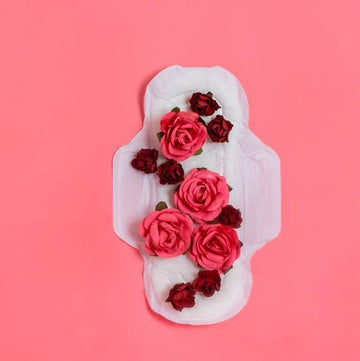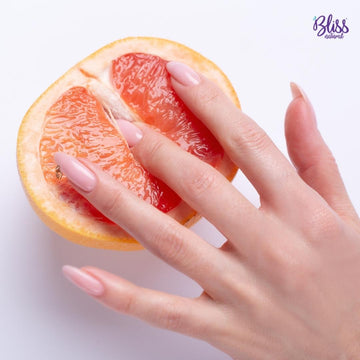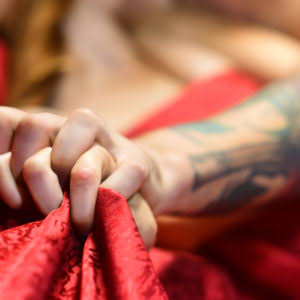Menstruation is an unpleasant event that comes with a slew of unpleasant side effects such as period cramps and the stench of blood. Women in our society have long been forbidden from discussing the difficulties they endure during their periods, and it wasn’t until lately that we began arguing the rationale of depicting period blood as blue rather than red in television advertising.
Period problems have traditionally been spoken in hushed tones, and addressing them publicly is considered taboo, so many females deal with these issues on their own, without truly comprehending what is going on. Nonetheless, as a result of the developing debate about removing the stigma associated with periods, many people are now opening up about these issues, and we are now seeing such themes discussed openly.
What is period rash?
While sanitary pads are a significant improvement over husk, straw, or ash, which are still used as a menstruation care option in some parts of the country, they can cause swelling, rashes, and even intense itching in some people. Traditional sanitary pads are the most often used period product in India, but they can create a rash that can swell up and cause bleeding. The source of rashes varies from person to person, with the most common cause among sanitary pad users being the sanitary pad’s composition.
The friction caused by the synthetic material in a pad rubbing against the skin for 5-7 days causes Contact Dermatitis, which results in these rashes. Heat and moisture trapped at the vaginal area, which occurs when one uses a pad for 5-7 days straight, can also cause a bacterial infection in some people, is another typical cause of rashes.
Composition of a sanitary pad
To prevent period blood from leaking, the sanitary pad’s back sheet is made of single-use plastic. Polyolefins, which are also used to make garments, straws, and ropes, make up this plastic.
The absorbent core of the pad, which is sandwiched between the top and back sheets, is commonly constructed of highly soluble wood cellulose and foam, with gel-based absorbents thrown in for good measure.
When these chemicals come into prolonged contact with our skin, friction occurs, causing irritation and discomfort, as well as the possibility of infection.
The top sheet of a pad is the part that comes into contact with your skin for the longest period of time, and if it is made of poorly manufactured plastic, it might chaff your skin due to repeated friction, producing rashes, especially on days when our skin is sensitive due to bleeding.
Furthermore, some manufacturers use perfumes, which may cause allergic reactions in some people. Furthermore, when menstruation blood is mixed with a chemical scent, it can produce a stench that is worse than typical period blood.
As a result, rather than hiding the odour of blood, it may aggravate it. They can also create a bacterial or yeast infection, as well as irritate the skin with hazardous chemicals. The heat and moisture trapped inside the vulva might irritate the vulva and create rashes. Because perspiration can’t evaporate, blocked sweat ducts and retained sweat can produce small bumps and blisters.
Treatment for Pad rash
If a rash from sanitary pads occurs, the best treatment is calamine lotion, which is very effective and helps calm the diseased region. Coconut oil can also be applied to the affected area, according to experts. However, if the pain and irritation persist, a dermatologist should be consulted.
The pertinent question at this stage is whether or not period rashes can be avoided.
We think that prevention is always better than cure, and this is especially true when it comes to period rash. As a result, it is suggested that you:
Gynecologists recommend changing your pads every 4 to 6 hours.
Make the switch to a pad composed of friendly materials.
When you’re on your period, wash your vaginal area frequently to avoid bacterial build-up.
Consider menstruation cups, tampons, or rash-free organic sanitary pads as other period-care options.
Message from Bliss pads
Bliss Natural Sanitary Pads are specially created for all types of skin and have been certified and approved as 100% rash-free sanitary pads . These pads are made from a plant-based material that is non-toxic to the human body. Kenaf fibre, which is inherently soft, is used for the middle sheet.
Apart from pads, the Bliss sanitary product line also contains 100 percent organic cotton tampons that are free of chlorine, dioxins, and pesticides. When compared to synthetic textiles, organic cotton reduces skin irritation and has a superior tendency to absorb chemicals, lowering the risk of a rash.
Periods are undeniably chaotic and troublesome. However, with the correct product, you can have a pretty stress-free and pleasant time.
Shop Now- www.blisspads.com





